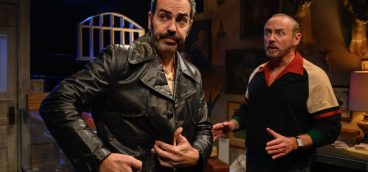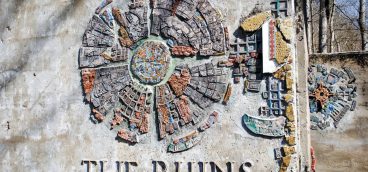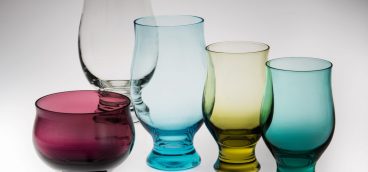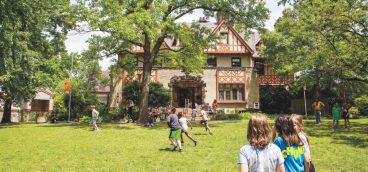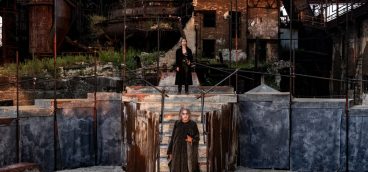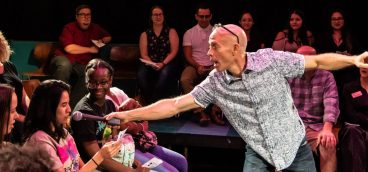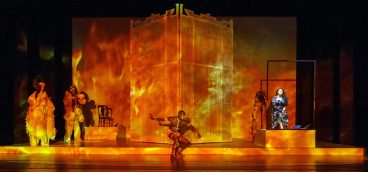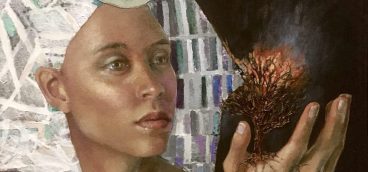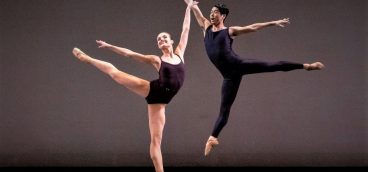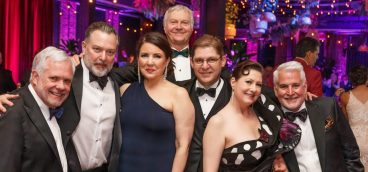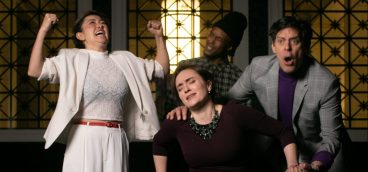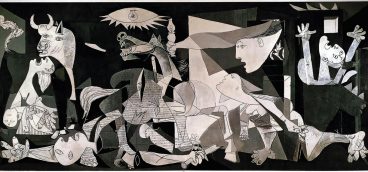Combining the Political and Artistic
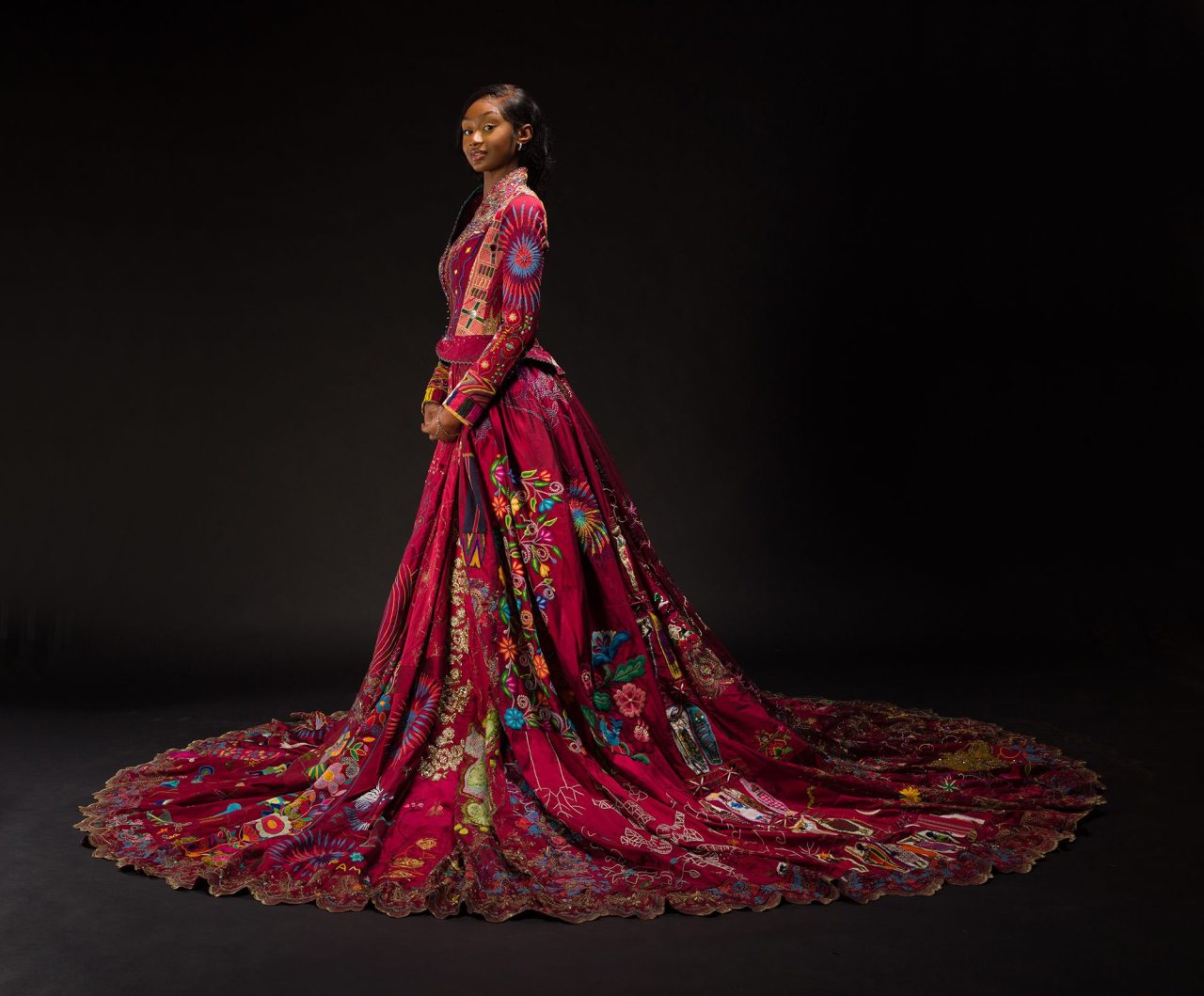
We live a media world, constantly bombarded with unprecedented information delivered on various platforms. It can be next to impossible to separate fact and from, but everyone has the right to an opinion.
Many still believe that the art museum, the so-called palace of culture, should remain steeped in the beautiful and provide an escape from the constant noise. But the reality is that art has, from the very beginning, grappled with ideas and issues; the hoped-for success of the hunt depicted in cave paintings might now be food anxiety, but the process of commentary and critique continues.
Combined the right way, art and politics challenge us to think in new ways about a variety of topics.
We have seen many works that combine the two here in Pittsburgh, most notably in the last Carnegie International where many viewers felt that aesthetic quality was sacrificed to fit a misconceived political agenda. Smaller projects have been more successful. Amal, for example, is a 12-foot puppet that has appeared around the world to draw attention to the plight of refugees; she graced us with an appearance in fall 2023. Contemporary Craft has developed a solid record of issue-oriented shows about violence, hunger, immigration, and climate change.
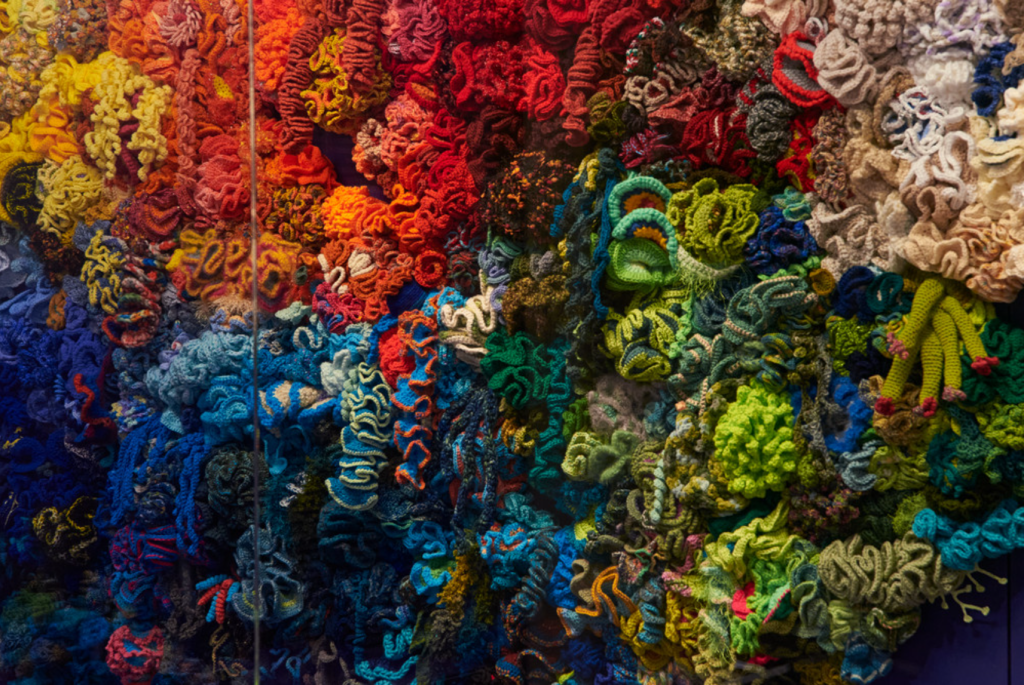
Now The Red Dress at The Frick Pittsburgh and the Satellite Coral Reef at the Carnegie Museum of Art add to the conversation. Both prove that aesthetics and politics work well together in art, and both have engaged members of the community to make art, adding the personal to the political to give viewers new ways to think about art and current issues.
The decimation of coral reefs around the world has garnered attention with scientists and activists pointing out damage caused by global warning and the dumping of acids and trash at an unprecedented level. We have become used to educational documentaries and scientific studies as well as heart-felt pleas, but an art installation featuring hand-crocheted coral forms configured to mimic reefs is refreshingly unexpected.
The Crochet Coral Reef project was started in 2005 by sisters, Christine and Margaret Wertheim of Australia, in response to the decimation of the Great Barrier Reef. They initiated a communal production of crocheted forms as components of a simulated reef. These contributions became the core collection that has inspired venues around the world to create their own satellite reefs in a similar manner.
With Pittsburgh’s exhibition, more than 20,000 people have participated in the creation of 52 coral reefs around the world in venues that range from major biennials and art museums to science centers, schools, and even a women’s prison. The intra-disciplinary, layered approach resides “at the intersection of mathematics, marine biology, handicraft, and community art practice” and highlights “not only the damage humans do to earth’s ecology, but also our power for positive action.”
Even a quick look at the Carnegie’s presentation, curated by Alyssa Velazquez of the decorative arts department, shows that beauty and politics work hand-in-hand. Two local organizations, Kid Ewe Knot and UpstreamPgh, coordinated the volunteer effort to crochet the individual forms that were then placed in a small gallery. The crocheters were given patterns based on forms from hyperbolic geometry, an alternative to Euclidean systems, that mimic the corals. Velazquez then arranged them in glass-fronted cases.
They spread across the walls like multi-colored butterfly wings, almost forming an organic color chart and grow upwards from the floor like colored stalagmites in underground caves. The resulting seascape is like a jigsaw puzzle where the small pieces make up a larger picture, allowing us to look at both the parts and the whole. The cases create a sense of peering into a diorama or, more aptly, an aquarium.
In the Carnegie, this subtly references the connections to be found in its natural history and art components. These site-specific connections could be made stronger if the museum had allocated a bigger space for a monumental, three-dimensional reef that viewers could wander through; this exhibition would be a perfect fit for the Forum Gallery program both conceptually and aesthetically.
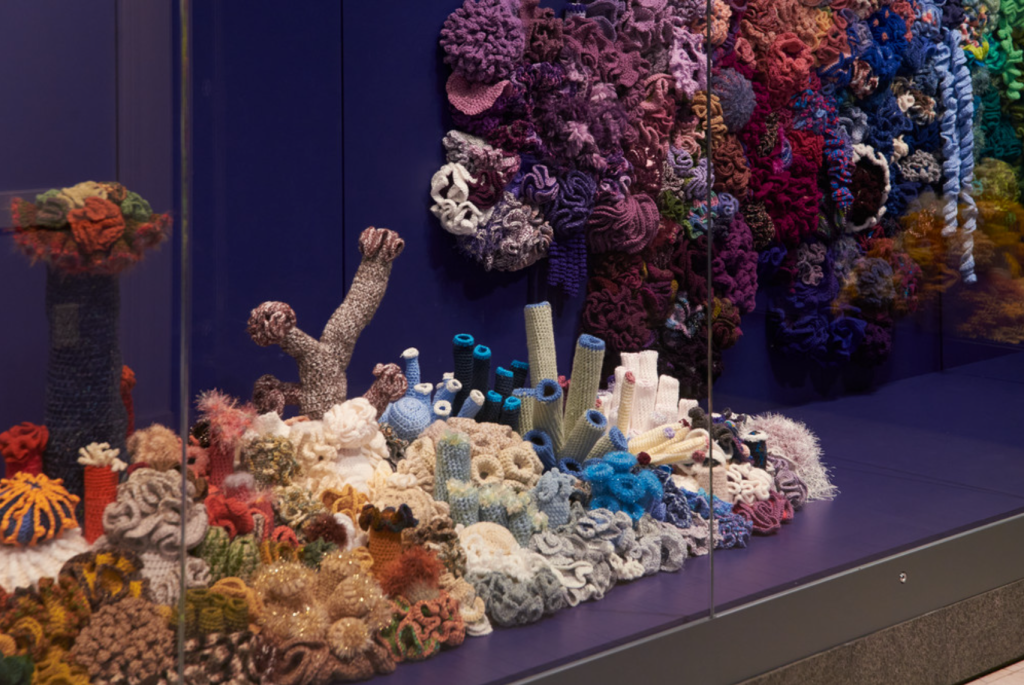
The founders grounded the project in ecology and biology, drawing on Margaret Wertheim’s feminist research about science and women. They have integrated and woven together ideas and elements from different bodies of knowledge and practices. Of primary importance is the threat to the very existence of coral reefs, caused by careless disposal of all kinds of trash and an inability to address the consequences of global warming and change. The project is seen as a “crafty retort” to climate change and an example of “response-ability,” a phrase coined by influential writer/theorist Donna Haraway.
Handwork, a time-consuming activity is usually associated with women and domesticity. Crocheting, in particular, is seen as a cliché, an activity practiced as occupational therapy or by elderly grandmothers who produce toilet paper and Kleenex box covers, mittens, and blankets. But it is also a fiber art, a field that has been gaining more traction in recent times.
Not just a craft, fiber artwork has grown in scale and technique incorporating personal stories to political statements, and in the process assuming its rightful place as a major art form. Several examples have been included in recent Internationals. Its designation as a domestic craft practiced by women has lessened but its importance as a communal activity has increased. Crochet the Reef continues this trajectory.
Evolutionary and mathematical theories have been applied to our understanding of the building and break-down of the reefs. Animals and plants make the geometric shapes found in coral; the accumulation of these forms can be seen in relation to DNA research into code as building blocks, codes that are subject to both internal and external influences as they evolve. For example, look at how computer codes have changed over time just as the reefs have, and this project references that shift by encouraging the crocheters to add variations to the standard patterns. This level of complexity is probably beyond most viewers, but the information adds another level of understanding.
More readily understood are the conditions of climate change and damage to the planet which can be seen and measured. It is possible that the Great Barrier Reef will disappear, however, recent studies have shown that the reef is resilient, growing back in a different configuration. Will it survive? It is a never-ending cycle that needs to be addressed using a multi-disciplinary approach similar to that of Crochet the Reef.
***
The Red Dress at The Frick Pittsburgh comes from a similar place in that it also relies on a communal approach using fiber as a starting point. It began in 2009 with a sketch on a napkin made by British artist Kirstie MacLeod; since then the dress has traveled around the world to 51 countries. Three hundred and eighty women, sometimes working in groups like old fashioned quilting bees, contributed millions of stitches that now animate the surface of the dress. These multi-colored additions illustrate the lives of the women who made them. The result is a beautiful garment that could grace a celebrity on a red carpet.
The dress was designed as a conduit to share life experiences and concerns of women from various backgrounds whose lives have been shaped through various hardships. Many of their stories are grounded in poverty and prejudice, some in wartime or domestic violence. Suffering and hope are both present in this moving tribute to survival. Incorporating the age-old traditions of storytelling and stitchmaking, the dress becomes a collective expression of different experiences that are simultaneously strikingly similar. Universal themes appear near localized references; symbols and mythologies reside in the same space as snippets of real life. The individual and the collective co-exist, representing multiple viewpoints and layered nuances about what it means to be women in our world and our times.
Not only did the women share their embroideries, which were then sewn onto the dress, but their stories have been collected and stored, then made accessible on a computer in the gallery where the dress is displayed on a mannequin. This requires diligence on the part of the viewer who seeks to read the details on the dress. It is, however, worthwhile to read, for example, about a woman in China who contributed flowers because they make her happy while another, formerly of Iran and now living in the UK, added the words “Woman Freedom Life” as a motto for survival in both her homes. Story by story, stitch by stitch, this project grows into a moving assemblage of disparate lives.
The stories grounded in adversity have been placed on a beautiful and fancy dress that could be displayed in history or art museums. It is western, luxurious, and highly embellished, an obviously upper-class garment. This creates a disconnect with the status of the embroiderers. At the Frick, the dress stands alone, isolated and commanding respect as an object to be preserved; it has become a revered treasure and an historic artifact.
There has been an attempt to provide a context for this piece at many venues. The Frick commissioned another dress; it’s a simple, white calico garment that is in the process of being completed by Pittsburgh volunteers. Several groups contributed work for this project, including the Fiberarts Guild of Pittsburgh which has been the chief advocate for fiber art in the city. From the Knit the Bridge project that featured locally knit panels to their internationally renowned Fiberart International exhibition that features some of the best traditional and avant-garde work in fiber, this group ensures a strong presence of a medium that has gained prominence in the contemporary art world.
The calico dress is a simple, sleeveless white dress that stands in contrast to the stunning red star. It has been placed in its own gallery where pieces to be sewn on to the surface of the dress are displayed and where visitors are invited to imagine what they would contribute by drawing and posting a design.
There is another dress in yet another gallery, one containing works from the Frick’s collection. This is a return visit for a hand-painted paper dress from the Isabelle de Borchgrave exhibition of 2018. It was commissioned by the Frick, inspired by the museum’s marvelous Peter Paul Rubens portrait, and placed in close proximity to that work. The placement of these three dresses in different spaces dilutes comparisons based on themes of decoration and embellishment, fashion and art, class representation, etc. It also minimizes the strength of storytelling as represented in each piece.
The Carnegie and Frick exhibitions are excellent and unusual exhibitions in the city and a treat for viewers. Having them coincide increases the visibility of fiber art in innovative projects, proving that fiberart belongs on center stage with other contemporary, not relegated to the margins because of old fashioned definitions.
Furthermore, they demonstrate that beauty and critique can co-exist in a work of art. Alyssa Velazquez, curator of the reef project, sums up the importance of her show, an insight that can also be applied to the Frick show: “To my mind, the social practice and value of making a difference through making was made for Pittsburgh’s craft-centric community. This is about more than being a responsive museum to a global issue, this is about being a receptive cultural center to our region’s local ecosystem of crafters, educators, and artists.”


